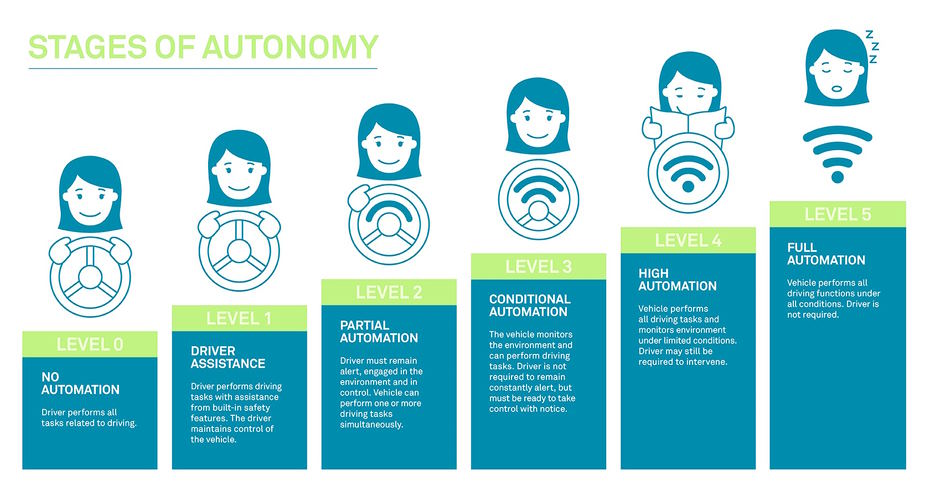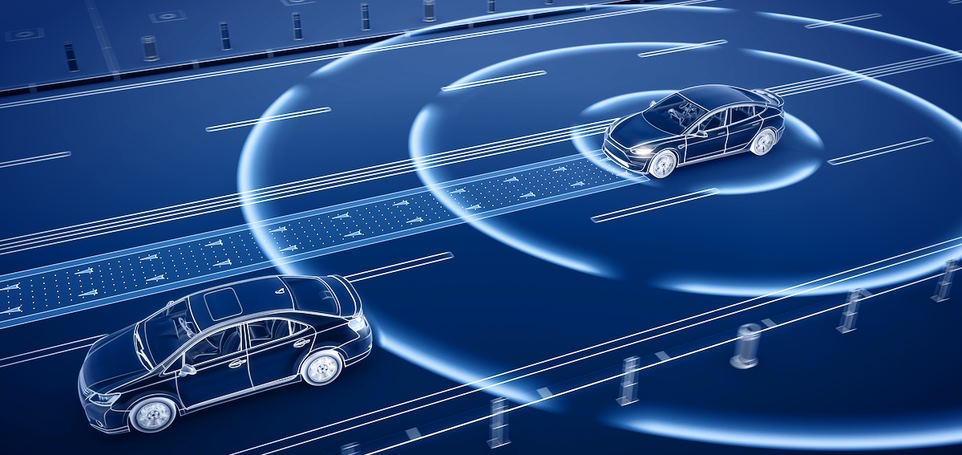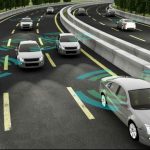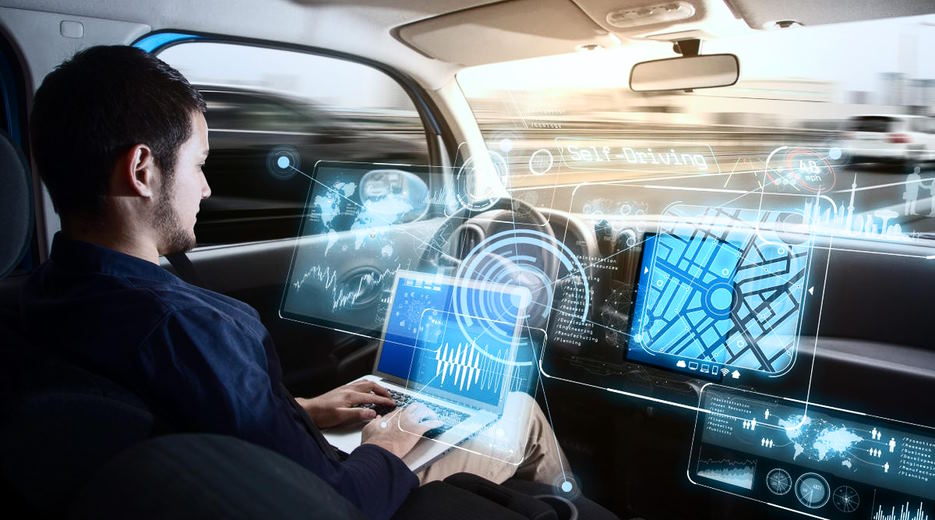Autonomous vehicles are increasingly becoming one of the most exciting advancements in technology. From driver assistance capabilities to fully self-driving vehicles, there’s a lot of buzz surrounding how this revolutionary technology will shape the future of transportation. But what do all these levels actually mean? In this blog post, we’ll explore exactly that. You’ll learn about the classifications and grades associated with autonomous vehicles and get an inside look at their inner workings. Stay tuned for more information on this momentous shift in our roads ahead!
What are the different levels of autonomous vehicles?
There are several different levels of autonomous vehicles, each with varying degrees of autonomy.
- Level 0 is the most basic type of autonomy, where the driver controls all aspects of the vehicle’s operation. This level typically involves no automation or assistance from any external source.
- Level 1 is a slight step up from Level 0 as it introduces some degree of automation to assist the driver in performing specific tasks such as braking and acceleration. In this level, the driver is still responsible for controlling most aspects of their driving behavior.
- Level 2 provides an advanced form of automation that allows the vehicle to control acceleration and deceleration, as well as steering input in certain conditions. The driver remains in full control at all times and is required to make decisions based on the vehicle’s performance.

- Level 3 introduces a highly automated driving system that allows the vehicle to carry out complex tasks such as changing lanes and navigating intersections in certain circumstances. The driver can still take over control of the vehicle at any time, but they may not be required to constantly monitor its operation.
- Level 4 is fully autonomous and requires no input from the driver whatsoever. This level usually involves sensors and cameras that enable the vehicle to detect obstacles, plan routes, and adjust speed accordingly without any human intervention.
- Level 5 is a theoretical level of autonomy where the car will be able to drive itself under all conditions with no human intervention. This would allow for autonomous transportation options similar to flying cars or autonomous public transport systems. It is not yet achievable with today’s technology, but research and development are ongoing.
The different levels of autonomy offer varying degrees of capability and convenience to drivers, depending on their needs. As the technology continues to evolve, more accurate and complex automated driving systems will become available for use in a variety of settings.
At the end of the day, it’s important for each driver to assess their individual needs before deciding which level of autonomy is right for them. With the right combination of technology and caution, fully autonomous cars can help reduce traffic congestion, improve safety on the roads, and provide an enjoyable experience for all users.

How do different levels of autonomous vehicles fair in real-world conditions?
The answer to this question depends on the level of autonomy a given vehicle is equipped with. Generally speaking, lower levels of autonomous vehicles (Levels 0-2) tend to perform worse in real-world conditions due to their limited capabilities and lack of situational awareness. On the other hand, higher levels of autonomous vehicles (Levels 3-5) are much better at navigating complex environments, making decisions in unexpected situations, and reacting quickly to changing conditions. This increased level of capability allows these vehicles to be more successful when operating under real-world conditions.
However, even higher levels of autonomous vehicles may not always fare well in certain scenarios due to weather or road conditions. Additionally, human drivers can often react faster than autonomous vehicles, so these vehicles may be slower to respond in certain situations. Additionally, autonomous vehicles still rely heavily on their underlying technology and sensors, which can be impacted by external factors such as dust or dirt.
Ultimately, the success of autonomous vehicles in real-world conditions depends largely on the capabilities of the vehicle itself, as well as its environment. Higher levels of autonomous vehicles tend to perform better in these circumstances, but there is no guarantee that they will always fare well. Therefore, drivers need to keep this in mind when deciding whether or not an autonomous vehicle is a good choice for their needs.


































